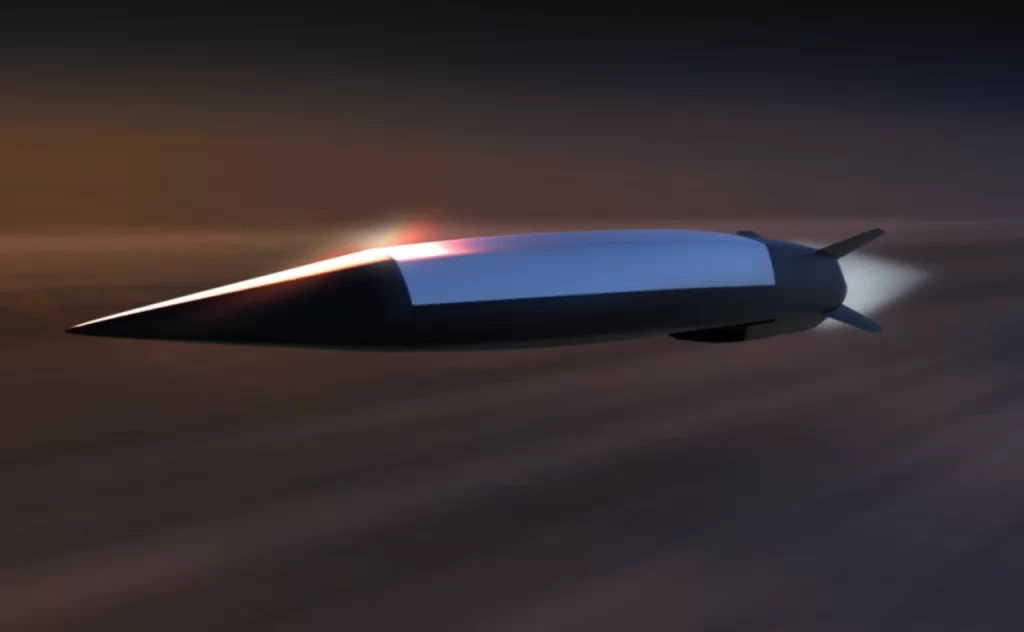The US Government Accountability Office (GAO) published its annual report assessing weapon systems in mid-June 2024, stating that the hypersonic air-breathing missile program will undergo a critical design review (CDR) in 2025 and transition from rapid prototyping/mid-tier acquisition to a major defense program in 2027. However, the CDR will showcase the initial version of the missile, which will undergo refinement during the testing program, thereby transforming it into a “rolling” CDR. Production could begin as early as 2027.
Raytheon is the prime contractor for HACM, while Northrop Grumman is developing its scramjet engine.
The development of HACM will cost $1.9 billion, including 13 test missiles, associated developments and materials, and an undisclosed number of additional ready missiles post-testing, ensuring “residual combat capability.”
Lockheed Martin’s Missile and Fire Control for the AGM-183A Air-launched Rapid Response Weapon (ARRW), whose tests are mostly complete, shares a similar scheme. However, the US Air Force has intentionally not given a definitive answer on whether it has plans for further ARRW testing or production.
Unlike ARRW, a boost-glide hypersonic weapon, HACM is an air-breathing, scramjet-powered system with a greater range. It is capable of altering its course en route to the target, complicating defenses against it.
The Air Force has long preferred HACM because it is smaller than ARRW, has a greater range, and can be carried on fighter jets, whereas ARRW is limited to large platforms such as the B-52 bomber, from which all its test flights were conducted.
The FY2025 Air Force budget documents describe these two missiles as “complementary.”
HACM began its development in FY2022 as part of the Air Force and Defense Advanced Research Projects Agency’s (DARPA) joint Hypersonic Air-breathing Weapon Concept (HAWC), which served as a prototype for HACM. In 2022, Raytheon emerged victorious over its competitors, Boeing and Lockheed Martin, to develop the weapon.

According to officials, the carrier aircraft, booster rocket, payload, and guidance system, as well as the interstage connecting the cruise missile and the booster, are new for HACM and make it functional, according to the GAO report.
The 2027 production date depends on “what capabilities the Air Force is willing to accept and whether production capacity is ready,” according to the GAO report.
The report states that although the program launched without a formal schedule risk assessment, it received approval in June 2023. The previous work has shown that this type of information is important to help decision-makers make informed decisions about starting a mid-tier acquisition program. The report includes the likelihood that the program will meet the statutory goal of demonstrating a prototype in an operational environment and providing residual operational capability within five years of the program’s start.
US Air Force leadership instructed HACM to be acted upon as quickly as possible, and the risk assessment schedule is likely to indicate a higher level of risk, the oversight agency noted.
The project completed the requirements, acquisition strategy, formal technology risk assessment, and independent cost estimate before the official program launch. The Air Force approved HACM requirements in November 2021, but the GAO reports that the Joint Requirements Oversight Council has yet to “approve” these requirements. However, this may occur before HACM becomes a major defense program.
The agency stated that the US Air Force believes that “the critical technologies underlying the HACM design were either immature or approaching maturity” at the time of program launch, but the program expects them to be fully mature by the end of the rapid prototyping efforts.
In addition to the iterative design approach, the HACM program uses digital design tools and “all-digital design reviews,” the GAO report states. However, the program is not currently creating a missile digital twin, though this may happen later.
Program office officials told GAO representatives that digital reviews are challenging due to the large number of tools, licensing restrictions, limited computing power, and logistics needed to make them available to a large number of program stakeholders.

GAO officials suggested “including continuous user feedback” in design cycles, which the program apparently does not plan to do.
“Program officials stated that users may provide some feedback during operational testing, but this will primarily serve to facilitate system learning by users rather than inform the design,” the GAO report notes.
The Southern Cross Integrated Flight Research Experiment, a joint US-Australian project, is integrating HACM as all Pentagon hypersonic projects compete for access to limited facilities and test ranges.
According to the GAO report, “several” HACM tests on Royal Australian Air Force F/A-18 aircraft will take place in Australia. The Air Force budget documents refer to SCIFIRE as a “prelude” to HACM.
The FY2025 Air Force budget states that HACM activities will include continued design and integration with F-15E and F/A-18E/F aircraft, as well as “free-flight testing of HACM prototypes.”
The HACM research and development budget allocates $516.9 million for FY2025, $448.6 million for FY2026, $274.1 million for FY2027, $200.8 million for FY2028, and $202.6 million for FY2029, marking the completion of development.
